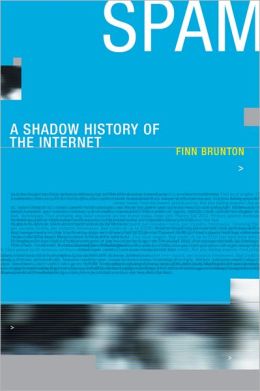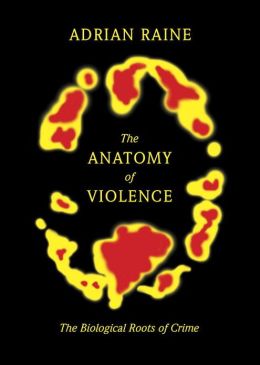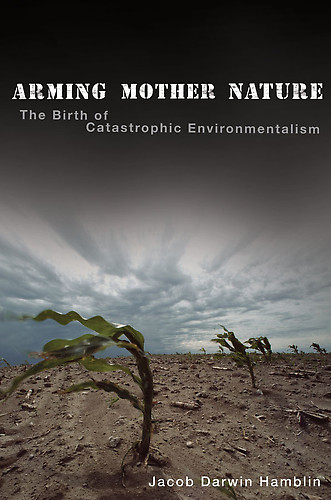-

Spam: A Shadow History of the Internet
by Finn Brunton

The Nutshell:
University of Michigan information scholar Brunton uses spam as a window into the history of the Internet, providing insight on everything from early online community building to Google’s dominance.
Literary Lovechild Of:
Katie Hafner’s Where Wizards Stay Up Late: The Origins of the Internet and Andrew Blum’s Tubes: A Journey to the Center of the Internet.
You'll Find It On Your Bookshelf If:
You’re making $500-$1,000 a day working from home, just like we are. Click here to learn more: http://www.ivetriedthat.com/about/.
Cocktail Party Fodder:
The first spam message as we know it was sent on April 12, 1994, by a lawyer named Laurence Canter and advertised his ability to enter people into the green card lottery.
For Optimal Benefit:
It takes people an average of 4.4 seconds to identify and discard each spam message that gets through their filter. So get a better filter, take the time you’ve saved to read Spam.
Snap Judgment:
Sure, spam is ubiquitous, but a whole book about it? Yes indeed. Brunton spins a seemingly narrow subject into fascinating cultural history.
-

The Anatomy of Violence: The Biological Roots of Crime
by Adrian Raine

The Nutshell:
University of Pennsylvania criminologist Raine has devoted his career to figuring out the biological causes of violence, and he devotes this book to convincing the rest of us of their existence and assuring us that this knowledge can make our world safer.
Literary Lovechild Of:
Truman Capote’s In Cold Blood and Philip Zimbardo’s The Lucifer Effect: Understanding How Good People Turn Evil.
You'll Find It On Your Bookshelf If:
You grew up next door to a family of psychopaths. Now you know how they got that way.
Cocktail Party Fodder:
Antisocial kids have lower resting heart rates. In fact, there’s a stronger correlation between lower resting heart rate and antisocial behavior than between smoking and lung cancer.
For Optimal Benefit:
Read before watching The Silence of the Lambs. Or read instead of watching that new Hannibal Lecter TV series.
Snap Judgment:
Raine’s premise is discomfiting, but his evidence is fascinating, as are the criminals he profiles.
-

Arming Mother Nature: The Birth of Catastrophic Environmentalism
by Jacob Darwin Hamblin

The Nutshell:
Hamblin, an Oregon State University historian, explores post-World War II efforts to use environmental science not to save the earth but to weaponize its natural processes—to wield ice, fire, flood, and temperature to wreak potential havoc on enemies.
Literary Lovechild Of:
Richard Rhodes’ The Making of the Atomic Bomb and Rachel Carson’s Silent Spring.
You'll Find It On Your Bookshelf If:
You have your own Doomsday Clock. It’s set at one minute to midnight.
Cocktail Party Fodder:
In a 1984 study, almost 40 percent of Americans believed that the Bible’s prediction of fire destroying the Earth was a reference to nuclear war.
For Optimal Benefit:
Read before launching nuclear weapons at the polar ice caps. You might find inspiration.
Snap Judgment:
Hamblin exposes our political and military leaders at their most devious—as well as our conspiracy theorists at their wildest—in this alternate Cold War history.



